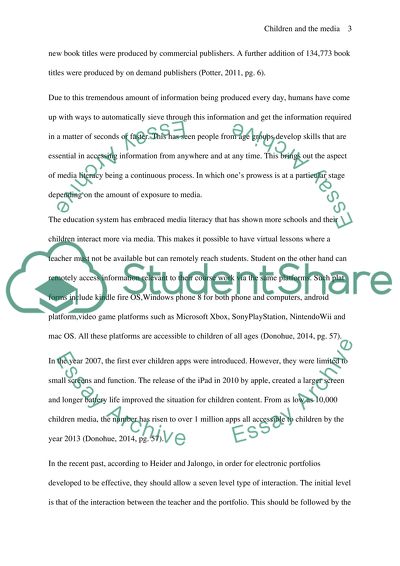Cite this document
(“CHILDREN AND THE MEDIA - media literacy Literature review”, n.d.)
CHILDREN AND THE MEDIA - media literacy Literature review. Retrieved from https://studentshare.org/education/1691385-children-and-the-media-media-literacy
CHILDREN AND THE MEDIA - media literacy Literature review. Retrieved from https://studentshare.org/education/1691385-children-and-the-media-media-literacy
(CHILDREN AND THE MEDIA - Media Literacy Literature Review)
CHILDREN AND THE MEDIA - Media Literacy Literature Review. https://studentshare.org/education/1691385-children-and-the-media-media-literacy.
CHILDREN AND THE MEDIA - Media Literacy Literature Review. https://studentshare.org/education/1691385-children-and-the-media-media-literacy.
“CHILDREN AND THE MEDIA - Media Literacy Literature Review”, n.d. https://studentshare.org/education/1691385-children-and-the-media-media-literacy.


